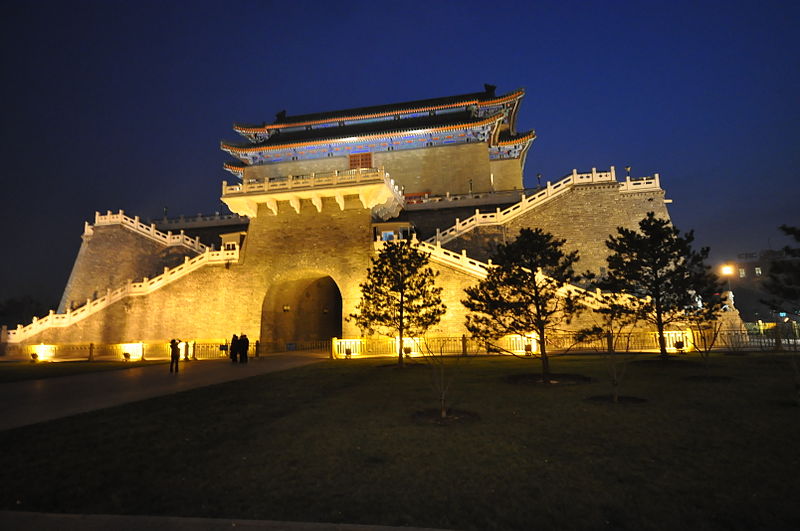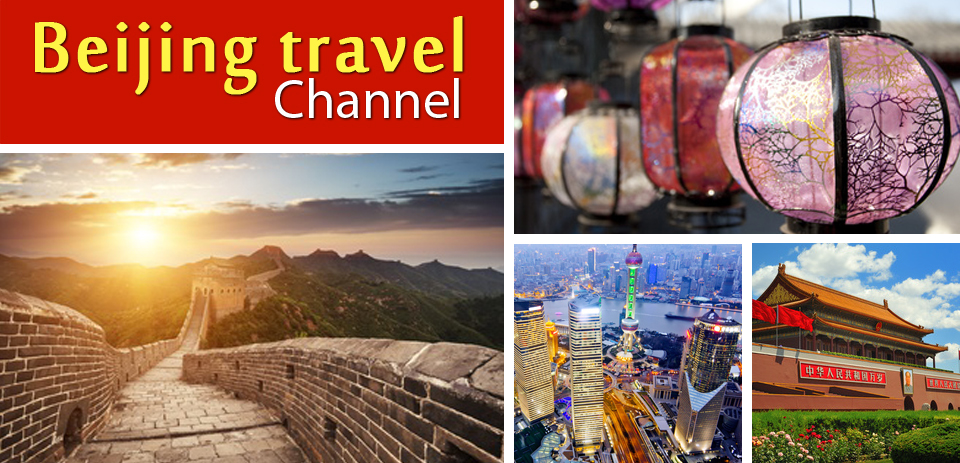Beijing is a huge city with a population of nearly 18 million spread out over 18 districts. The majority of the historic attractions, cultural destinations and accommodation lie in central Beijing within the second and third ring roads. Chaoyang district to the north east of Beijing is home to many of Beijing’s new developments such as its CBD, the Olympic venues, art galleries, restaurants shopping and entertainment places, iconic buildings such as the CCTV building and World Trade Centre Tower III, the Beijing Zoo, museums and accommodation. Haidian district to the north west of Beijing is where Tsinghua University and the Beijing Botanic Gardens are located. Tongzhou district, the northern suburbs, western and southern suburbs and Rural Beijing form the periphery of the great city. Getting to the attractions in central Beijing and the suburbs involve great distances due to the vastness of the city. As Beijing is the political and cultural centre of China the country’s administrative apparatus is found here as well as embassies and related institutions.
Beijing international airport is the main way into the city. The three terminals here offer all facilities to make arrivals and departures as smooth as possible. Taxis, the airport express train and airport shuttle buses offer the best ways to get in and out of the airport. The cheapest way to central Beijing from the airport is by public bus. Other ways of getting into Beijing is by train, long distance public buses and by car. Once in the city many get around by taxi. However the subway is easy, fast and cheap. Getting around the city by public bus is also an option. Other travel options include bicycles, minibuses and private cars.
The city’s historic and cultural attractions include Tiananmen Square the world’s largest public space, the Forbidden City the vast palace complex of the Ming and Qing Dynasties, ancient temples, gardens, the Beijing Zoo and Botanic Garden and museums and art galleries. Evenings can be enlivened with acrobatic shows, traditional opera performances, plays, Kung Fu shows and classical music concerts. For relaxation there are foot massages, yoga classes, spa treatments and best of all retail therapy. Shopping choices range from markets selling everything from pearls to cheap clothing and antiques to several kilometers of chic shops in pedestrianised retail areas. For foodies the city is awash with restaurants serving up every kind of food from around the world. All travelers, whether budget or high end is catered for and there is no shortage of accommodation. Communication wise, internet access is highly restricted although free Wi-Fi is offered in most hostels, hotels and restaurants.
Summertime is one of the worst times to visit the city although tourism is at its height during this time. Hot humid summers are made worse by pollution and bad air quality. The winters are cold and dry with infrequent snowfall. Spring is warm and dry with dust storms. The best time to visit is in between September and October when it is cool and the air quality is very much better.
Have everything at your fingertips while on holiday or business at Somerset Zhong Guan Cun Beijing. As a well designed, fully equipped serviced apartment in Beijing, guests have a choice of one and two bedroom residences that provide comfort and a relaxed ambience. Experience the convenience of an excellent location, easy access to transport links and all modern conveniences and facilities so necessary for modern lifestyles, at these service apartments Beijing.
Thanuja Silva is a travel writer who writes under the pen name Auburn Silver. She has a passion for fashion and a deep interest in admiring new and exotic attractions around the world.
Google+

